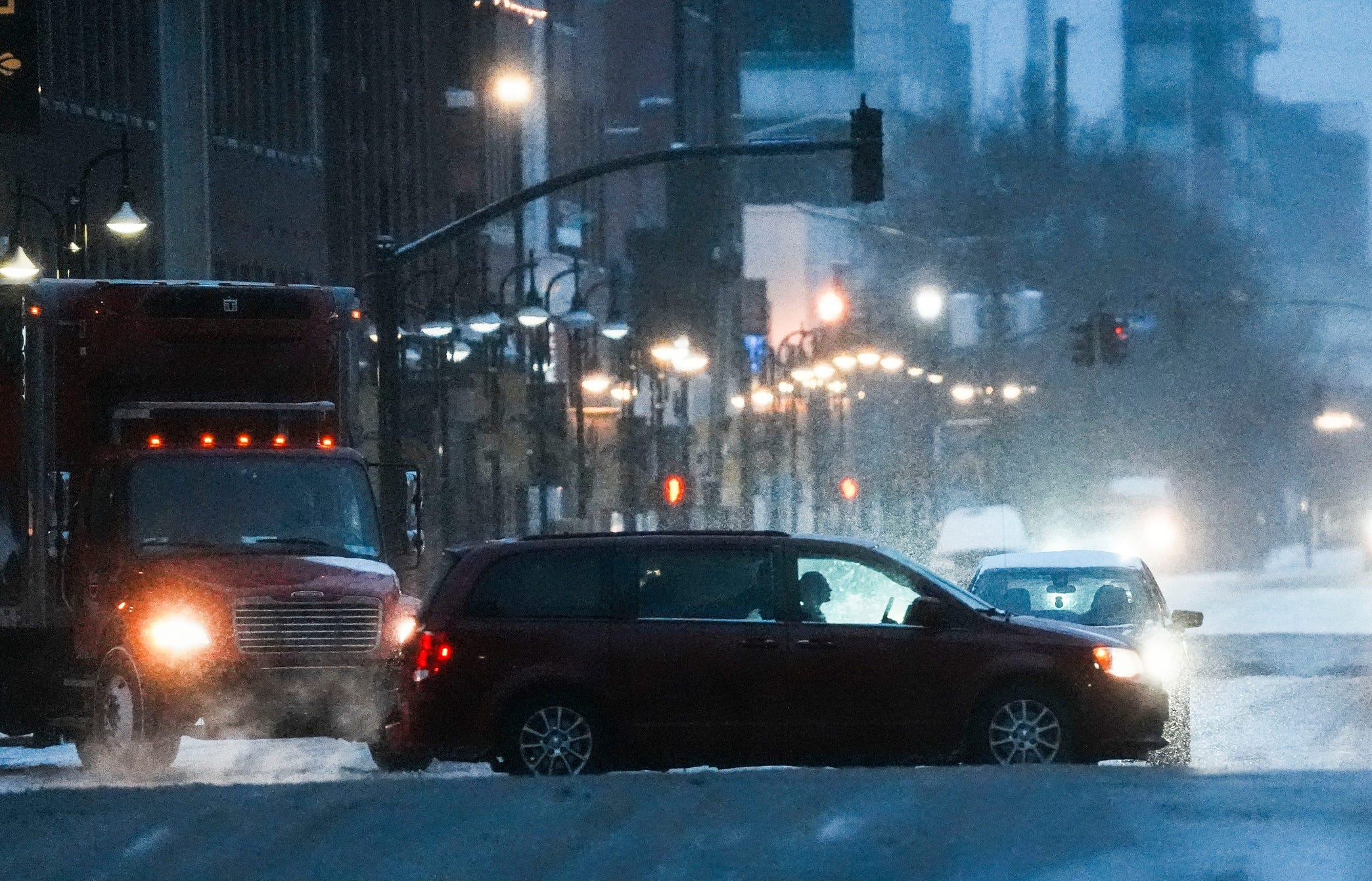
The Polar Vortex: A Complex Dance in the Earth’s Atmosphere
Cold Snap or Polar Vortex?
The recent frigid air enveloping the Central U.S. has raised questions about the complexities of extreme cold events. While the deep southward dip in the polar jet stream is an immediate culprit, scientists emphasize that the interactions between the jet stream and the polar stratospheric vortex are far more intricate.
What is a Polar Vortex?
The polar vortex is a region of low pressure, swirling winds, and cold temperatures that resides in the stratosphere, approximately 10-30 miles above the Earth’s surface. During winter, a strong and stable polar vortex confines cold Arctic air, acting as a barrier to the lower latitudes. However, when the vortex weakens or becomes distorted, it can trigger a southward plunge of cold air, resulting in frigid weather below.
Polar Jet Stream and Polar Vortex: A Tangled Tango
The polar jet stream, a high-speed ribbon of air, meanders around the globe, influencing weather patterns in the Northern Hemisphere. When the polar vortex is strong and circular, it tends to steer the jet stream’s path, minimizing its undulations. However, when the vortex weakens, the jet stream can become "wavier," causing colder air to descend into lower latitudes.
Interplay and Impacts
Scientists are still unraveling the precise mechanisms behind the interaction between the polar vortex and the jet stream. However, research suggests that as the Arctic warms at an accelerated pace, the polar vortex may be destabilized more frequently, leading to increased cold air outbreaks. This phenomenon may have implications for winter weather patterns, particularly in the U.S.
Not a Synonym for Cold Snap
It’s important to note that the term "polar vortex" should not be conflated with a simple cold snap. The stratospheric polar vortex is a specific atmospheric pattern that can influence extreme cold events but is not solely responsible for all frigid weather outbreaks.
Uncertainties and Future Projections
Scientists are actively studying the dynamic relationship between the polar jet stream and the polar vortex, particularly in the context of climate change. While it is likely that the warming Arctic may disrupt the polar vortex more often, the exact frequency and consequences remain uncertain.
Models Envision Diverse Outcomes
Climate models offer varying projections for the future behavior of the polar vortex. Some suggest that Arctic warming could lead to increased disruptions, resulting in more frequent and severe winter weather events. However, other factors, such as melting sea ice and shifts in the subtropical jet stream, could potentially counteract these effects.
The Role of Moisture
Even as the planet warms, extreme cold events may still occur. However, due to a warmer atmosphere’s increased moisture-holding capacity, these events could generate more snowfall in regions where temperatures remain cold enough.
Further Research Required
Despite advancements in atmospheric science, the complex interplay between the polar jet stream, the polar vortex, and climate change still requires extensive research. By unraveling the intricacies of these atmospheric patterns, scientists can improve weather predictions and enhance our understanding of how a changing climate is impacting our planet.
